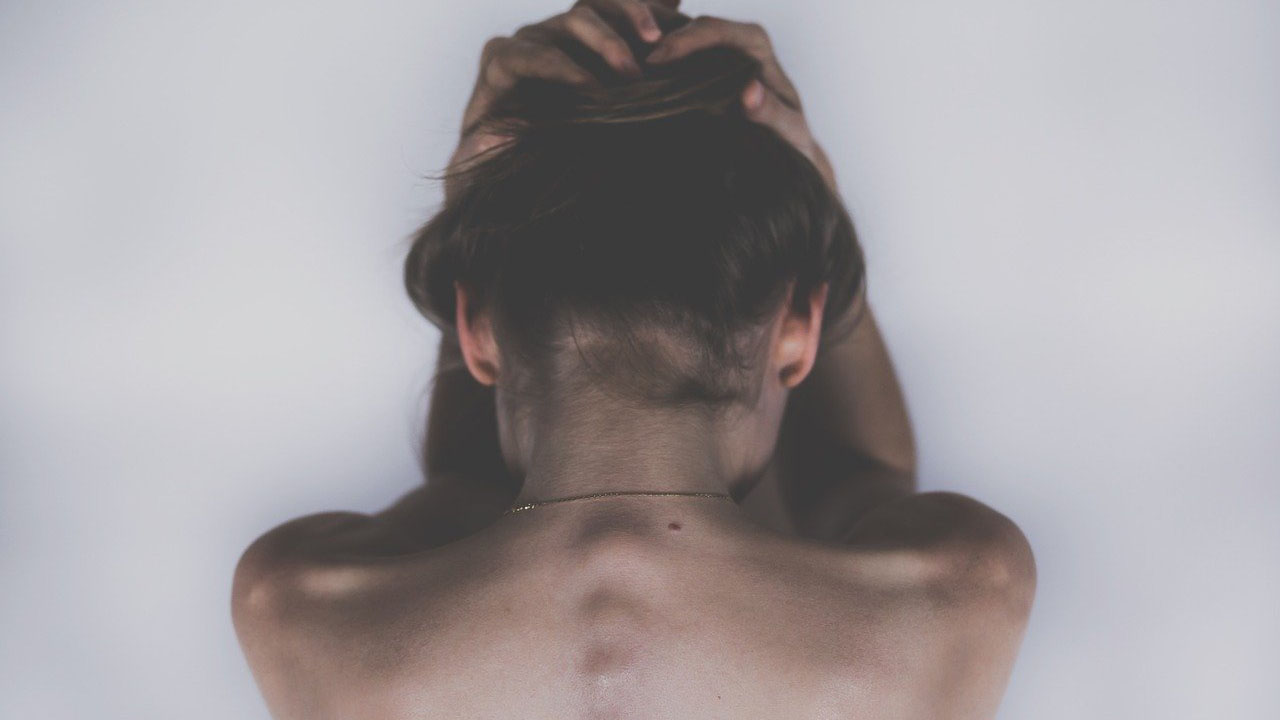While anybody can suffer from back pain, lower back pain is widespread in women. Back problems can begin very early on in life — it’s not unknown to see lower back pain in teenage girls. Sometimes lower back pain emerges later in life, perhaps during pregnancy or menopause. It’s relatively common for back pain in women to become chronic, especially if the underlying causes aren’t identified and addressed.
Lower back pain in teenage girls
In girls and young women, pain in the lower back is often due to trauma. For example, the girl may slip and fall while running or be struck in the back while playing sports. Injuries to the coccyx (tailbone) are quite common in active young women.
It’s also prevalent for young girls to experience lower back pain following the onset of menstruation. This kind of back pain usually appears a few days before the girl’s period starts and disappears when menstruation stops. Mild back pain associated with menstruation can be treated with heat pads and over-the-counter painkillers. Gentle stretching exercises can help too. Severe, disabling pain, particularly if accompanied by heavy periods, maybe a sign of endometriosis. This is a condition where cells that should only be found in the womb lining appear elsewhere in the body, causing painful swelling during menstruation. This tissue may need to be surgically removed.
Lower back pain in early pregnancy is another possible issue for teenage girls. If the girl has started her period, a test should be given to rule out pregnancy.
Lower back pain in adult women
In young adult women, the possible causes of back pain are similar to those found in teenagers. In cases where a woman is of childbearing age develops lower back pain, pregnancy should be suspected as a cause. Many lower back pain sufferers trace the onset of their problems to pregnancy, as carrying an infant to term can place additional strain on the spine.
Another common cause of lower back pain in women is sacroiliac joint dysfunction. This is a term for a range of issues that may affect the joint where the spine connects to the pelvis. Sacroiliac joint dysfunction is a common source of pain in women who have not yet entered menopause.
Poor posture and sitting habits, especially those associated with inappropriate seating, can be a cause of lower back pain in women who have entered the workplace.
After menopause, women can become more vulnerable to back pain. With lower levels of estrogen in their bodies, women’s bones become less dense, and connective tissues can deteriorate. This, coupled with normal wear-and-tear on the spine’s structures, can result in a loss of cartilage and osteoarthritis of the spine.
Another cause of pain in older women is osteoporosis. This is a condition where the bones deteriorate significantly, leading to a higher risk of problems with the spine and elsewhere in the body. Although not curable, these conditions can be managed with appropriate care.
Lower back pain with no apparent cause
It’s not unusual for the causes of lower back pain to elude discovery. This can be deeply frustrating for a suffering patient. The absence of an apparent cause should not be taken as implying that the pain is not significant, as lower back pain may severely impact the sufferer’s quality of life.
If lower back pain isn’t responding to standard methods of self-care, it’s a good idea to seek medical attention. Many approaches may help your symptoms, from exercise and yoga to transcutaneous electrical stimulation (TENS). Trying to ‘tough out’ back pain instead of obtaining effective treatment can lead to a deterioration in the condition. Even if this isn’t the case and the cause isn’t severe, lower back pain causes female patients significant distress and disability.
Tap for recommended posts on the tags you don’t follow






